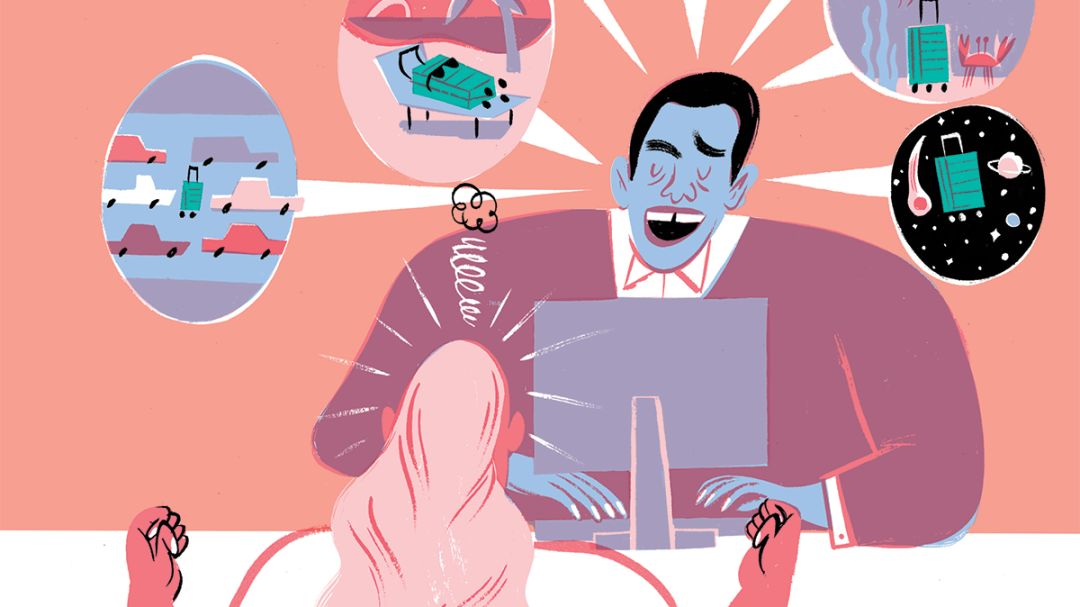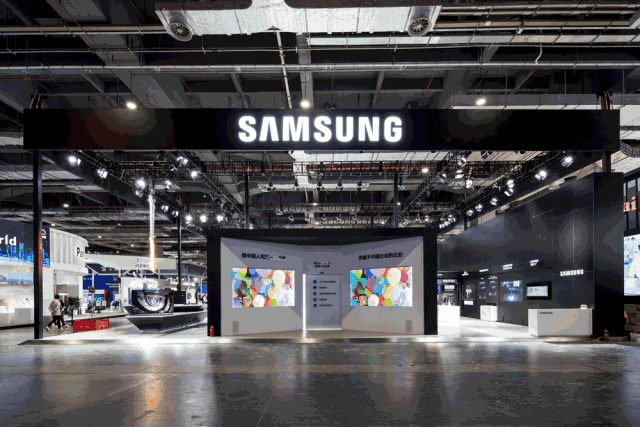尋夢新聞LINE@每日推播熱門推薦文章,趣聞不漏接❤️
「SORRY」 IS NOT ENOUGH
別總向客戶道歉

It’s the first rule of customer service: When something goes wrong, apologize.In many cases, the apologies continue throughout the interactionas an employee goes the extra mile to convey empathy and concern.
出了問題先道歉」——這大概是客戶服務的第一準則。很多情況下,員工為顯示同理心和關切,會在與客戶溝通的整個過程中不斷致歉。
But surprising new research shows that approach can backfire: An apology that extends beyond the first seconds of an interaction can reduce customer satisfaction.
但一項新研究的結果令人意外:如果員工不將道歉限制在對話的頭幾秒,道歉就會起反作用,降低客戶滿意度
Employees should instead focus on demonstrating how creatively and energetically they are trying to solve the customer’s problem—that, not warmth or empathy, is what drives satisfaction.
研究者認為,員工應表明自己在積極、創造性地解決客戶的問題——這一點,而非體貼和同理心,才是提高客戶滿意度的關鍵。
Researchers reached these insights via a novel study that allowed them to observe exactly what happens when a customer rep is confronted with an unhappy customer.
在這項新研究中,研究者觀察了客服代表與不滿顧客的溝通
A team led by Jagdip Singh, of Case Western Reserve, obtained and analyzed 111 videos filmed at customer service desks at U.S. and UK airports for a reality TV show(the producers had had the customers sign privacy waivers).
凱斯西儲大學的賈迪普·辛格(Jagdip Singh)帶領的研究團隊通過一檔真人秀節目,獲得了美國和英國一些機場客服櫃台的111份錄像,並對其進行分析(節目方說服出現在錄像中的乘客放棄主張隱私權)。

The clips depict employees dealing withpassengers who have lost bags, missed flights, or suffered other indignities of air travel. 「For the first time we were able to go beyond surveys or after-the-fact interviews and get direct access tothe way these interactions happen in real life,」 says Singh.
這些視頻記錄了航空公司員工如何應對遭遇丟失行李、誤機等問題的旅客。「這是我們第一次有機會不通過調查或事後訪問,直接了解實際發生的情況。」辛格說。
The researchers coded employees’ words and phrases, evaluating whether the reps were engaged primarily in 「relational work」 (by being empathetic, apologizing, or trying to forge a personal connection) or in 「problem-solving work」 (by focusing on finding solutions). They also examined facial expressions to identify when employees were showing 「positive affect」—for example, by smiling.
研究者分析梳理客服員工的措辭,將其表現歸納為「建立關係」(表達同理心,表示歉意,或嘗試與顧客建立人際聯繫)或「解決問題」(努力找到解決辦法);他們還分析臉部表情,觀察員工是否通過微笑等方式表達「積極情感」。

The study reached two broad conclusions.
研究得出兩項主要結論:
Employees who expressed a great deal of empathy or tried to appear bright and cheerfuldid a poor job of satisfying customers, especially if this relational work extended beyond the first moments of the conversation.
首先,努力表達同理心或積極情緒的員工很難讓顧客滿意,尤其是如果這種示好持續時間過長
And customers cared less about the actual outcome (for example, whether a missing bag was quickly located) than about the process by which the employee tried to offer assistance. 「It’s not about the solution—it’s about how you get there,」 Singh says.
其次,相比實際解決問題(如丟失的行李能否迅速找到),顧客更在意員工提供幫助的方式。「這並不關乎解決方案本身,而是達成解決的方式。」辛格說。

If employees project a lot of warmth, customers perceive them to be less competent. When analyzing the videos, the researchers divided the customer interactions into three phases:
如果員工表現得過於親切,顧客會認為他不夠專業。通過分析錄像,研究者將客服與顧客的溝通分為三個階段:
- sensing (in which the employee asks questions to try to understand the issue)
認知(員工通過提問,嘗試了解顧客的問題)
- seeking(in which the employee brainstorms and explores potential solutions)
探尋(員工通過頭腦風暴,尋找可能的解
決辦法)
- settling (in which the employee works with the customer to choose the solution that will provide the best outcome)
認知(員工通過提問,嘗試了解顧客的問題)
In many of the encounters, reps kept apologizingor making small talk throughout all three phases, but their attempts at warmth seemed only to heightencustomers’ frustration.
在很多案例中,客服代表在三個階段中不斷道歉,或嘗試與顧客閒聊,但這些親切表現反而讓顧客更加鬱悶

「Saying ‘I’m sorry for this—the same thing happened to my sister’ makes the customer feel that the employee is not really paying attention to the problem, and customers see it as a distraction,」 says Singh. In fact, the research suggests that continuing to apologize after the first seven seconds of such a conversation will most likely backfire.
真是抱歉,我妹妹也有過這種遭遇’,這種話會讓顧客覺得員工並沒有認真關注他的問題,因此不勝其煩。」辛格說。研究者發現,如果在對話開始7秒後客服員工還在道歉,那麼很可能起反作用。
After those opening seconds, the researchers say, employees should focus on energetically and creatively exploring a range of potential solutions to the problem.This brainstorming phase, more than anything else, is what customers will use to assess the encounter—and the more ingenuity an employee shows, the better.
研究者指出,對話開始幾秒後,員工應發揮創造力,積極尋找各種解決方案。這個頭腦風暴階段對顧客的評價影響最大——員工表現得越有創造性,顧客越滿意。
「Clients Care about Solutions, Not Apologies」
「客戶需要解決方案,而非道歉」
(本文摘自《哈佛商業周刊》,部分內容有刪節)
— END —
加入一席英語發音課,學習地道的發音。
每天15分鐘,成為一個開口驚艷的英語達人。
戳鏈接 ““,了解詳情
▼
加 入 我 們
▼
▼
▼
從此不分開
▼
喜歡這篇選文麼?看完這篇商刊,你有什麼感想?
▼












